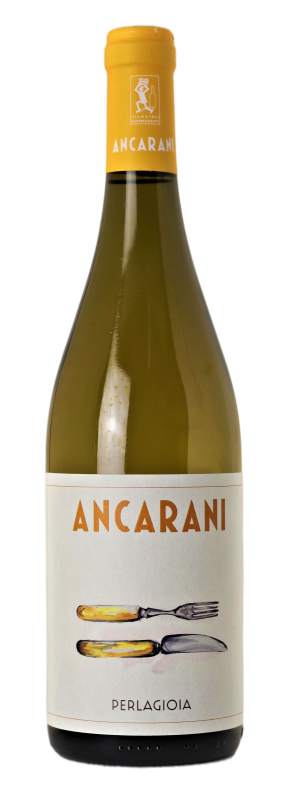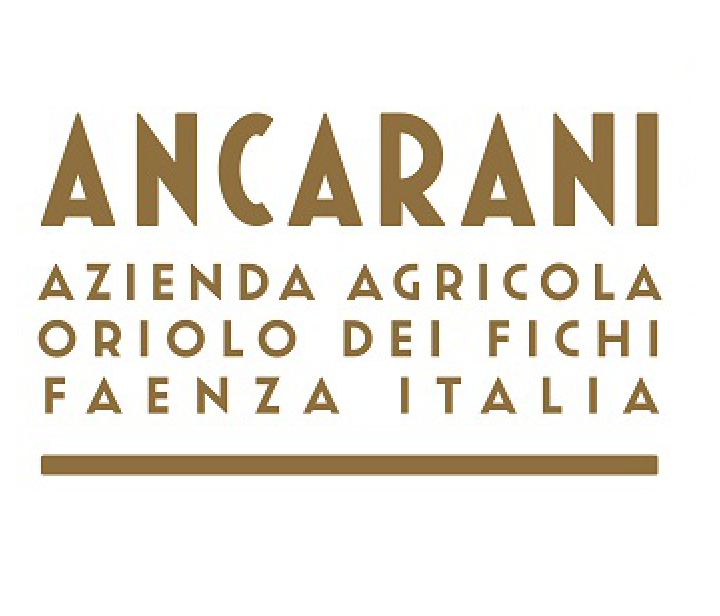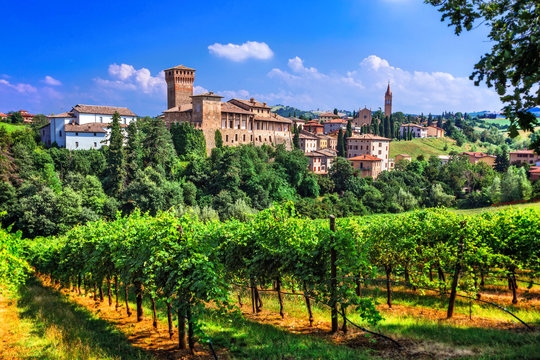Wines
Albana di Romagna PerLaGioia Ravenna igt
Delicate with a hint of white and yellow flowers of hawthorn and broom. Slightly citrusy with a hint of spontaneous officinal herbs.
| Color: | Intense yellow |
| Grape variety: | Albana di Romagna |
| Production area: | Oriolo dei Fichi - Faenza (RA) |
| Soil composition: | silty with sand and clay lenses |
| Taste: | Dry, decisive, mineral and with good flavor. Nice finish enlivened by a slight tannic contribution that gives persistence. |
| Serving temperature: | 10-12 C ° |
| Harvest: | manual with selection of the grapes in the last days of August and early September |
| Ageing: | maturation for 3 months on natural ferments. Decanting and aging in concrete tanks to ensure natural clarification and evolution of the structure. Minimum stay in bottle before release 2 months. |

Ancarani Azienda Agricola
Every year, I never know how the wine will come out and as long as I have not racked , bottled and left to rest for months , I’m never certain that it will become ‘My’ wine. So I spend months during which I’m assailed by the doubts that it might be not what ‘it’ should be . Winters in which I feel I do not understand it in the right way and never to the end. Ours is a controversial love , doubtful, and like all visceral love is beautiful because it pushes you to accept each other for what it is .
We cultivate the vineyards of high vocation in the hills of Faenza near the ‘Oriolo dei Fichi’ zone, fortified historical site dating back to 1457, among the oldest in Italy .
Total is the respect of the native varieties preserved in the old family vineyards and renovated in the newly developed systems. Sangiovese , Albana , Burson , Centesimino , Famoso , are some of the native varieties grown with respect for tradition .

Emilia-Romagna
On the northern peninsula of Italy lies Emilia-Romagna, a sprawling area that, as the name suggests, was once two distinct regions. Within the region are distinctly different climates and soils, from Emilia’s rolling hills in the west, influenced by the Apennines, to Romagna’s plains to the east of Modena and Bologna. Viticulture began here in the 7th century, when vines were introduced by the Etruscan people. It is difficult to characterise the wines of this region, except to say that the region is unique in its sheer diversity. Emilia’s best-known wine is Lambrusco, the much-misunderstood delicate bubbly red whose best examples are seldom found abroad. In its native region it is enjoyed as a dry wine that is exceptional with local cuisine. There are three DOC zones for Lambrusco - Lambrusco di Sorbara, Lambrusco Grasparossa di Castelvetro and Lambrusco Salamino di Santa Croce - as well as a Lambrusco subappellation under the Reggiano DOC

Related Wines

Albana di Romagna Santa Lusa docg
Intense straw yellow, an expression of the golden grape and
View info
Andata e Ritorno Roundtrip
Tasting notes: Orange zest, apricot, bay leaf, green almond
View info
Centesimino igt
Biodiversity in the hills of Faenza is best expressed by the
View info
Bianco Ravenna - Famoso Le Signore igt
We cultivate the vineyards of high vocation hills of Faenza
View info
Pet Nat - Indigeno Trebbiano Ravenna igp
We cultivate the vineyards of high vocation hills of Faenza
View info
Sangiovese di Romagna Superiore Biagio Antico doc
Hints of red fruits and jams.
View info